What is EVM used for? Is Ethereum just about price?
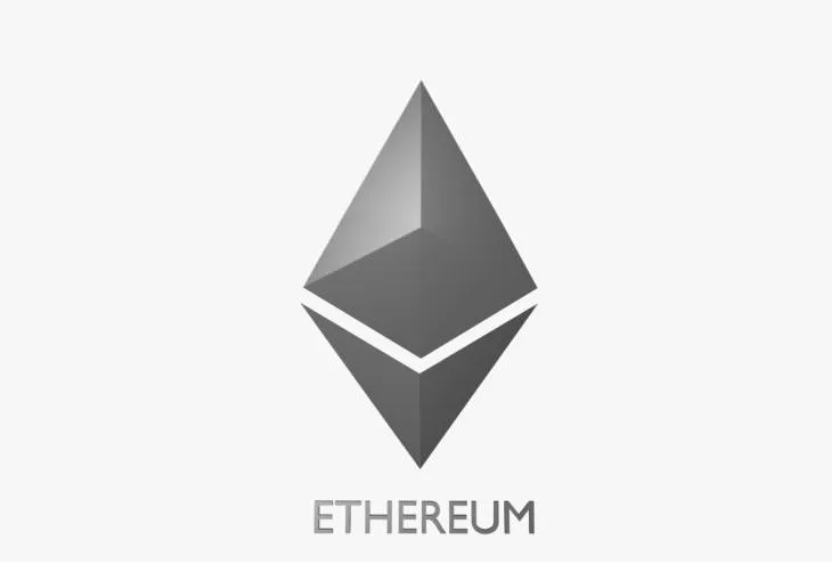
1. What is Ethereum, What Does It Do? | History of Ethereum and What is EVM?
When I first heard about blockchain technology, it was always through the lens of Bitcoin. But over time, I realized that blockchain could be used not just for money transfers, but for much bigger things. This is where Ethereum comes into play.
Ethereum is a decentralized blockchain platform founded in 2015 by Vitalik Buterin and a group of developers. Its primary purpose is not only to enable digital currency transfers but also to allow all types of decentralized applications (dApps) to run through smart contracts. This means we can operate services like a bank, a social media application, or a voting system completely transparently and securely without needing a central server.
History of Ethereum
Ethereum's story begins in 2013. While searching for a solution to Bitcoin's limited functionality, Vitalik Buterin decided to build his own platform. They raised funds through an "initial coin offering" (ICO) in 2014, and the Ethereum network officially launched in 2015.
Several important milestones were reached over time:
- In 2016, the DAO hack revealed a major security vulnerability in the system. This event resulted in Ethereum splitting into two: today's Ethereum (ETH) and Ethereum Classic (ETC).
- In 2021, the Ethereum 2.0 process began. This transition aims to make the network more scalable and energy efficient.
- In 2022, The Merge took place, and Ethereum switched from the mining-based Proof of Work system to the more environmentally friendly Proof of Stake system.
What Does Ethereum Do?
With Ethereum, anyone can upload a code-defined agreement (i.e., a smart contract) to the blockchain. These contracts cannot be broken, altered, or require a third party. This is revolutionizing many fields such as finance, art, gaming, and governance. NFTs, DeFi protocols, DAOs... all became possible with this infrastructure provided by Ethereum.
What is EVM and How Does It Work?
There's a technology that can be considered the heart of Ethereum: the Ethereum Virtual Machine (EVM).
You can think of EVM as a universal computer where all smart contracts and applications on Ethereum run. Developers write their code in languages like Solidity, and the EVM takes this code and runs it on the Ethereum network. The most important detail here is that thanks to the EVM, the same code runs the same way on each node of Ethereum. This ensures security and consistency.
At the same time, thanks to EVM's compatibility, other blockchain projects can also support EVM, allowing applications running on Ethereum to easily run on their networks as well. For example, chains like BNB Chain, Avalanche, and Polygon provide this EVM compatibility.
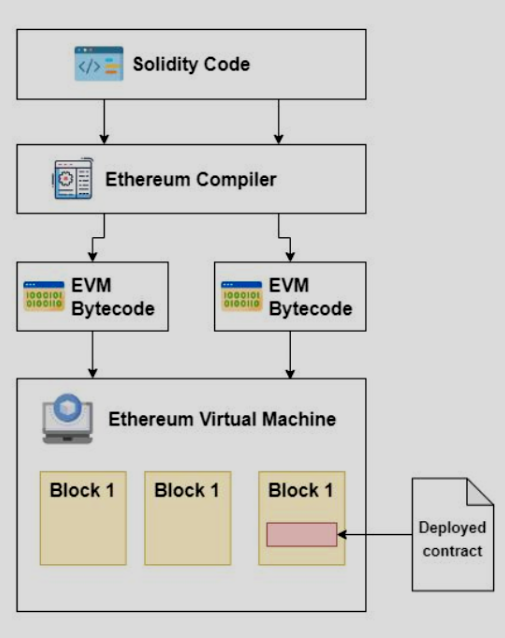
2. Ethereum Layer 2 Solutions: What Do They Do, What Do They Provide?
Ethereum is truly a powerful platform, but over time some problems emerged. Especially network congestion and high transaction fees made the user experience quite difficult. This is where "Layer 2" solutions came into our lives.
We can think of it this way: If Ethereum is Layer 1, then the second layers built on top of this network that ease the load of the main network are called Layer 2. These systems process transactions quickly and cheaply on their own, then send the results to the Ethereum main chain. Thus, security is taken from Ethereum, but speed and efficiency increase.
Starknet
Starknet uses Zero-Knowledge (ZK) Rollup technology. In this system, transactions are collected off-chain, and only a "cryptographic proof" verifying the transactions is sent to Ethereum. These proofs are called STARKs.
Advantages:
- Very high transaction capacity
- Strong privacy and verification mechanism
- Offers a special language called Cairo for developers
EigenLayer
EigenLayer is actually a bit different from the classic Layer 2 structure. It introduces a mechanism we call "restaking." That is, people who have staked their ETH can reuse the same stake for security in multiple protocols.
Advantages:
- Extends Ethereum's security to other applications
- Makes it easier to create infrastructures such as decentralized oracle, data services, data validation systems
- Offers an innovative revenue model
Arbitrum
Arbitrum also uses Optimistic Rollup technology. Transactions are performed off-chain, and only their summaries are written to the main chain. Transactions are considered valid until someone proves otherwise (hence the term "optimistic").
Advantages:
- Fully compatible with EVM
- Easy for developers to transition
- Hosts many dApps thanks to its large ecosystem
Optimism
Like Arbitrum, Optimism uses the Optimistic Rollup structure, but its philosophy is a bit different. It's built on more open source, more public good. It also has a public goods support system called Optimism Collective.
Advantages:
- Operating logic almost identical to Ethereum
- Developer-friendly
- The Optimism ecosystem is growing steadily
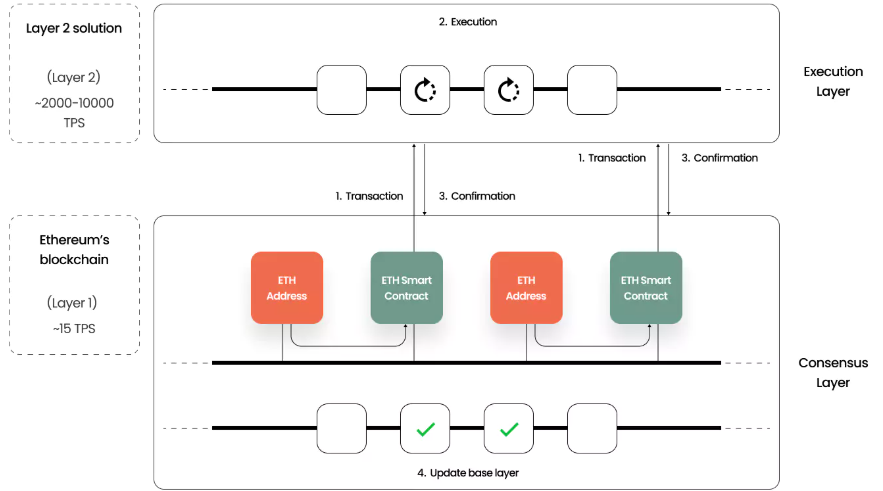
3. Ethereum's Goals for the Next 5-10 Years and Its Impact on Our Lives
What Ethereum aims for in the coming years is not just to reach more users; it actually wants to be the foundational layer in redefining the internet in the world. In this new internet model we call "Web3," data will be in the control of users, not on central servers. Ethereum is one of the main systems providing the infrastructure here.
Scalability
Ethereum's biggest goal is to scale to hundreds of millions of users. To achieve this, it will:
- Grow the network horizontally with sharding,
- Encourage greater adoption of Layer 2 systems,
- Speed up the network by moving data-intensive operations off-chain.
In Vitalik Buterin's words, Ethereum's roadmap is shaped under these 5 headings:
- The Merge: (Completed)
- The Surge: Efficiency and rollup scaling
- The Scourge: Solution to MEV problems
- The Verge: Lighter clients for validators
- The Purge & The Splurge: Simplification of the network and experimental developments
Developer Ecosystem
Ethereum is not just a cryptocurrency; it's also a developer platform. Right now, thousands of developers are writing smart contracts on Ethereum. This number will increase even more in the coming years. Educational platforms, financial applications, insurance, social media, and even government systems can be built on Ethereum.
İmportant Graphics
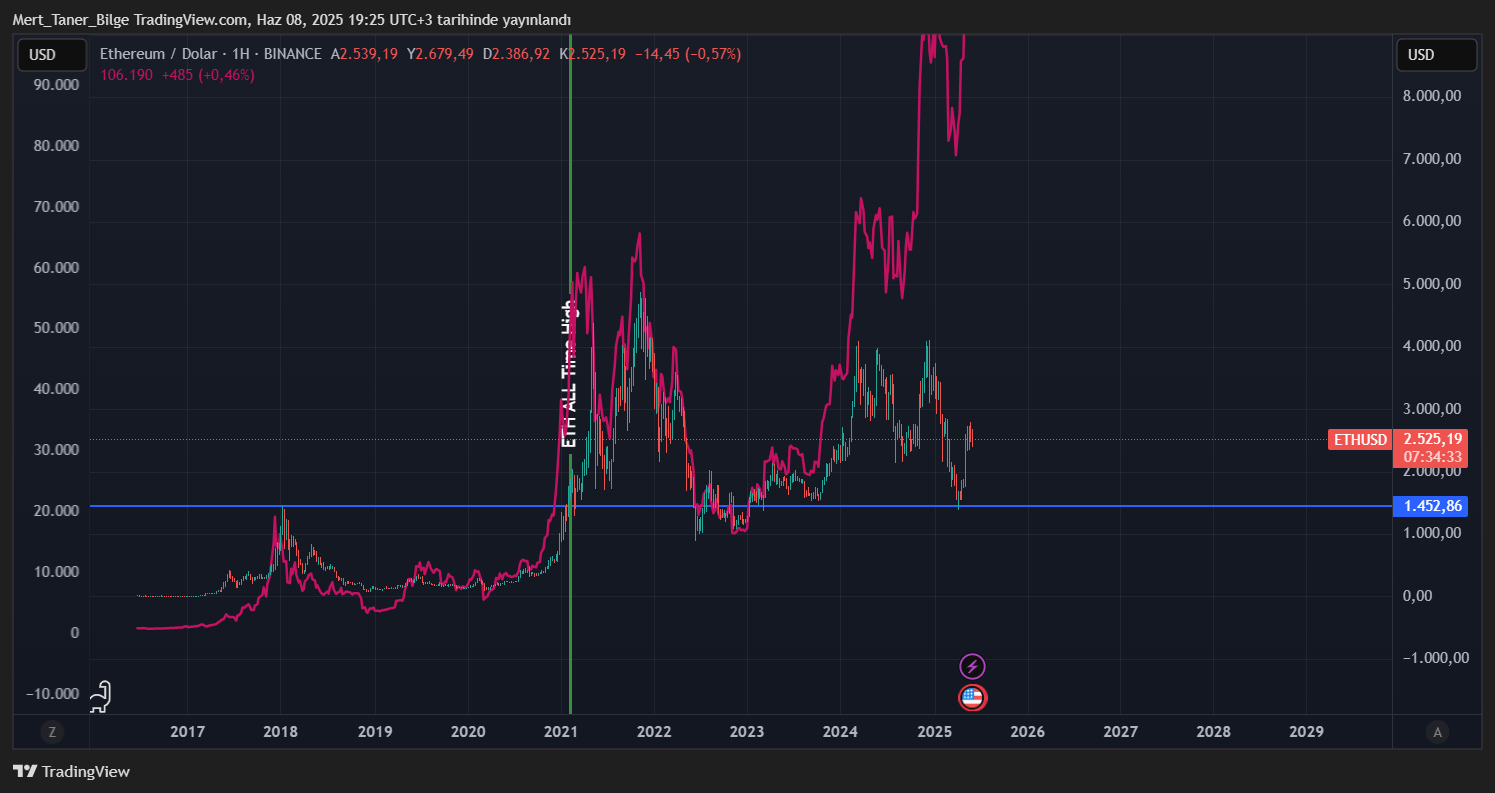
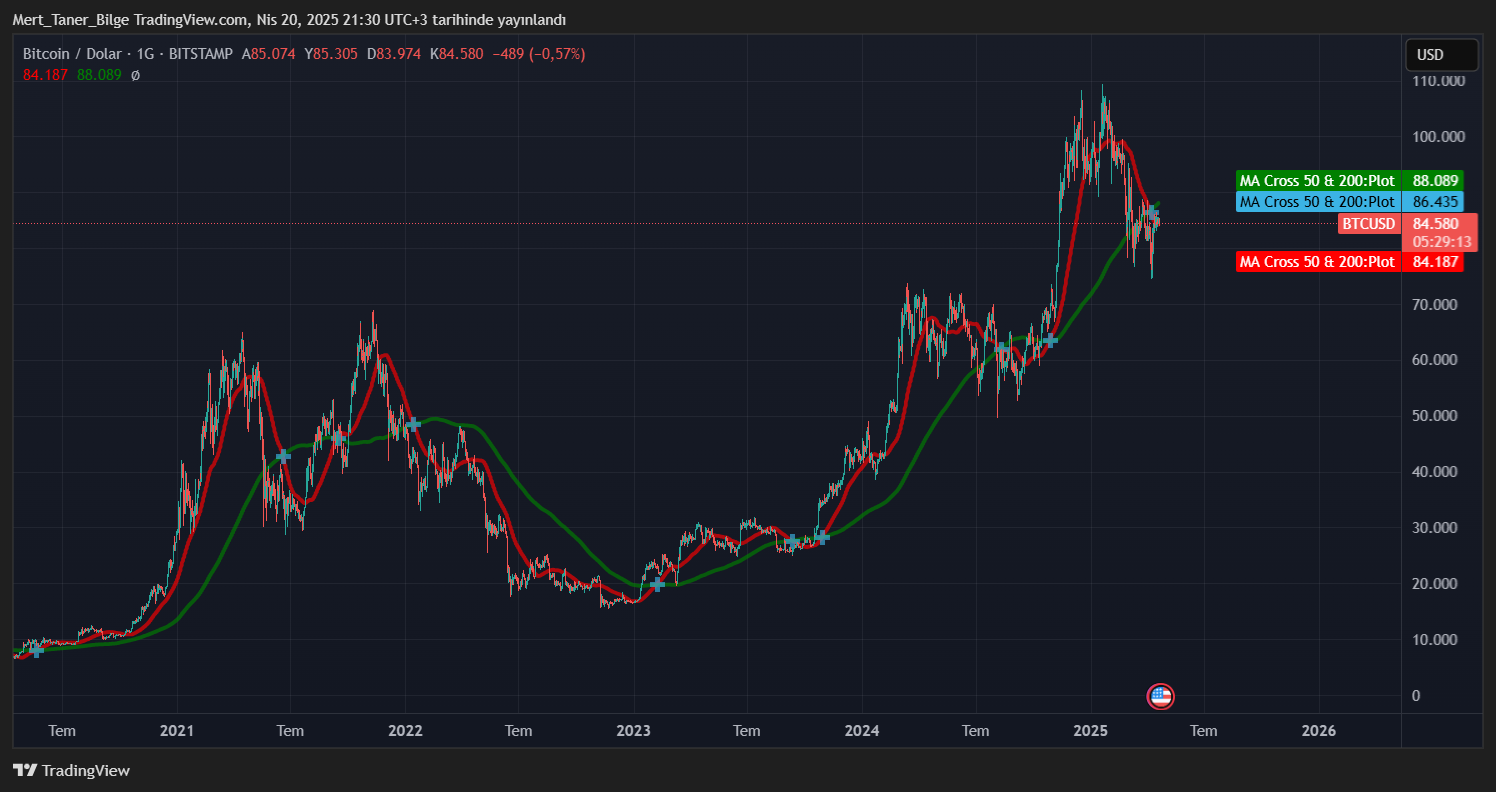
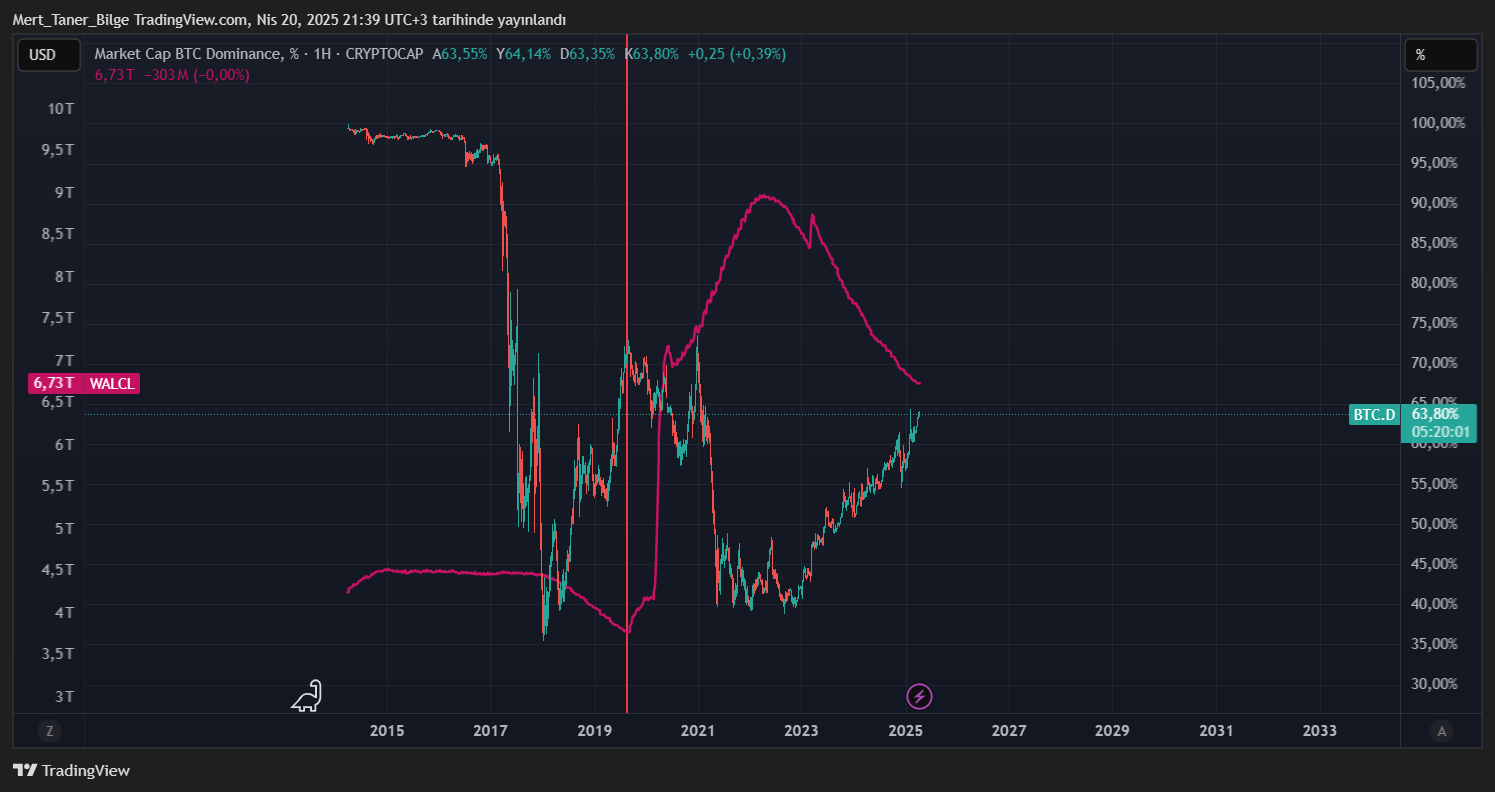
Ethereum is much more than just a cryptocurrency or investment vehicle. It represents a fundamental shift in how we build digital infrastructure and applications. As the ecosystem continues to evolve and mature, we can expect Ethereum to play an increasingly important role in shaping the future of the internet and digital interactions.